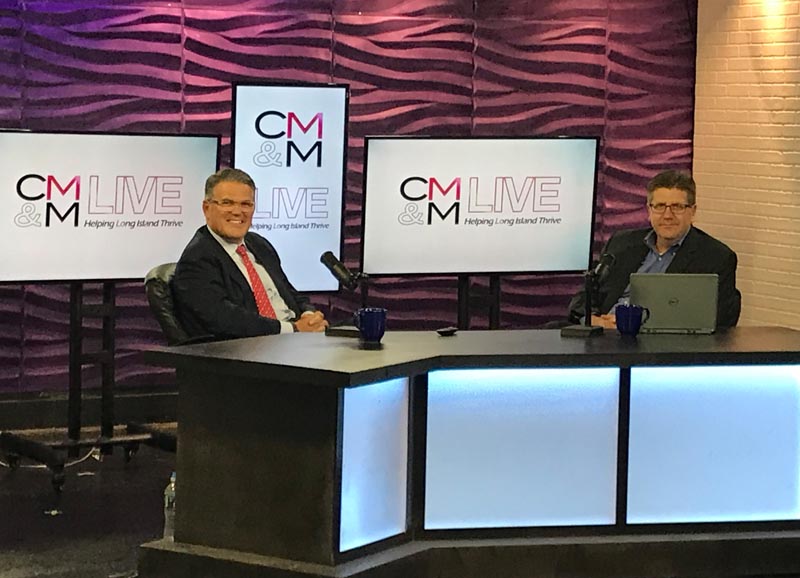 Whether you’re negotiating the release of hostages, negotiating with your toddler to try a new food, or something in between, the common thread is that all negotiations are based on human interaction. To succeed in any negotiation, you must understand the psychological and emotional principles at play and how to use them to your advantage.
Whether you’re negotiating the release of hostages, negotiating with your toddler to try a new food, or something in between, the common thread is that all negotiations are based on human interaction. To succeed in any negotiation, you must understand the psychological and emotional principles at play and how to use them to your advantage.
At his last presentation on the art of negotiation, Joe Campolo, a former Marine and the managing partner of Campolo, Middleton & McCormick – whose negotiation skills have taken him to the top of the business world – covered the basic building blocks that all negotiators need. Now, join Joe for an advanced seminar exploring the psychological and emotional side of negotiation, and how mastering these concepts will lead to success. At this seminar, you’ll learn:
- The value of preparation and how to do it effectively
- The critical role of empathy, how to distinguish it from sympathy, and how to put it to work
- How to identify the forces that hold you back in high-stress situations and strategies to overcome them
- How to use psychological principles to diffuse the tension in difficult negotiations, engage with your adversary, and uncover more win-win possibilities
No matter your industry, negotiation style, or personality, you will undoubtedly face difficult negotiations in your professional and personal life. This presentation will train you in the emotional and psychological forces at work in your own mind during a negotiation – and how to recognize them in your adversary to steer any negotiation in your favor.
LOCATION:
Stony Brook University, Southampton Campus
Chancellor’s Hall
39 Tuckahoe Rd, Southampton, NY 11968
AGENDA:
8:30 a.m. – 9:00 a.m. – Registration and Breakfast
9:00 a.m. – 10 a.m. – Presentation
Hosted in part by the Stony Brook University Alumni Association

Thank you to our sponsor Markowitz, Fenelon & Bank, LLP



 When a court decision threatened to deprive our client of the compensation she deserved after an accident, CMM got to work appealing it.
When a court decision threatened to deprive our client of the compensation she deserved after an accident, CMM got to work appealing it. By Carrie Mason-Draffen
By Carrie Mason-Draffen
